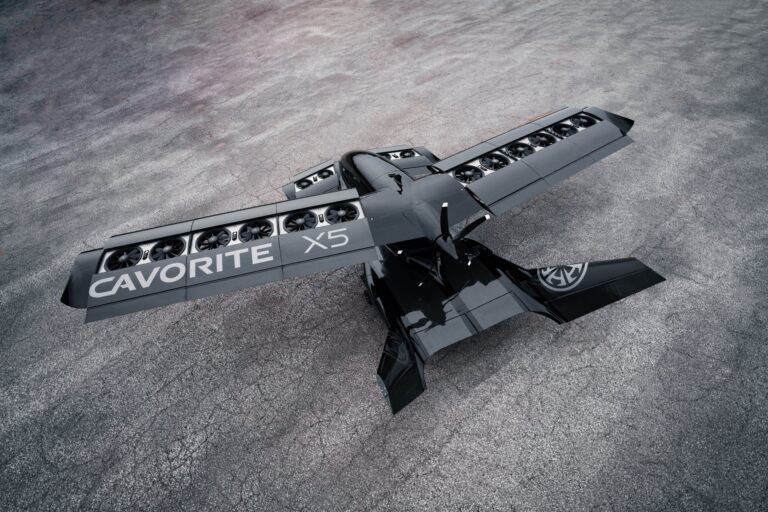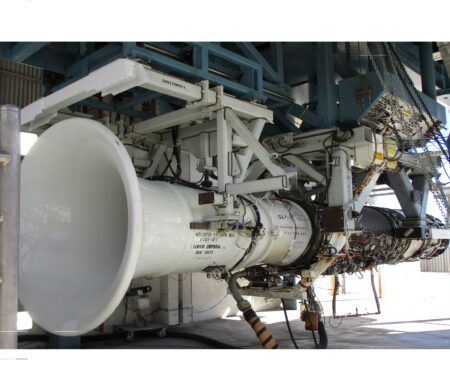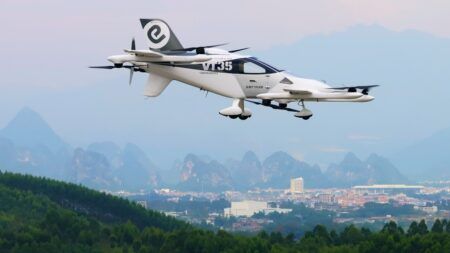Horizon Aircraft has signed a purchase agreement with Pratt & Whitney Canada for the PT6A turboprop engine to power the full-scale Cavorite X7 hybrid eVTOL.
The aircraft uses a hybrid gas and electric propulsion system for eVTOL aircraft operations. The Cavorite X7 is designed to fly most of its mission profile in conventional airplane mode rather than hover mode.
The PT6 turboprop engine family, which has been in production for more than six decades, is the most widely used engine in its class. The engine has established a performance record across multiple aircraft types and high-power applications and powers aircraft ranging from small business turboprops to larger regional aircraft.
The engine features a modular reverse flow design that distinguishes it from conventional turboprop architectures. This configuration simplifies installation procedures and ongoing engine maintenance requirements.
Horizon’s hybrid design aims to support military, emergency, and commercial operations in locations without battery charging infrastructure. Other eVTOL designs which rely solely on electric propulsion will require ground-based charging systems that may be unavailable in remote locations, says the company.
The Cavorite X7’s design allows it to operate from smaller facilities without requiring traditional runway infrastructure. This capability aims to enable point-to-point operations between locations not served by conventional airports.
The hybrid propulsion system will reduce hydrocarbon emissions by up to 30% compared with conventional aircraft conducting similar operations, according to Horizon Aircraft. The design combines the vertical flight capabilities of helicopters with the efficient cruise performance of fixed-wing aircraft.
The emission reduction results from the aircraft’s ability to use efficient fixed-wing cruise flight for most of its mission. Conventional helicopters and purely electric eVTOLs typically consume more energy relative to the distance traveled.
The aircraft uses electric power for vertical takeoff and landing phases. The turboprop engine provides primary propulsion during cruise flight.
According to the company, the Cavorite X7 will provide increased speed and range compared with other eVTOL aircraft. The hybrid configuration aims to eliminate the operational limitations of battery-dependent systems.
Brandon Robinson, CEO at Horizon Aircraft, said, “The PT6A is exactly what we need for our full-scale aircraft, and building a relationship with Pratt & Whitney Canada, such a respected, global leader right here at home, is another amazing win.”
The company is developing the Cavorite X7 following testing of its Cavorite X5 technology demonstrator. The X5 prototype validated the basic fan-in-wing design concept.
Scott McElvaine, vice president of sales and marketing at Pratt & Whitney Canada, said, “The PT6A selected for Horizon Aircraft’s Cavorite X7 reflects its position as the most modern and versatile engine in its class today, delivering the performance, efficiency, and reliability required for this next generation of aircraft.”





